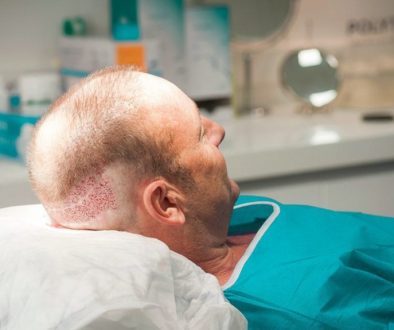Is the Trichophytic Closure Technique Valuable?
What if anything is the value of the trichophytic closure technique in hair transplant surgery?
Thank you for your inquiry.
I personally feel that the trichophytic closure technique is valuable for a number of reasons. Its purpose is simple: which is not to eliminate but better conceal the donor scar in hair transplantation.
Using the trichophytic closure technique, the hair restoration physician overlaps one side of the wound over the other so the hair that has not been extracted can grow through it.
The question of how valuable is this technique is however dependent on the answer to this question. Could more follicular unit grafts be extracted if this closure technique was avoided? Logicly it makes sense since it takes extra donor laxity to close the wound that could have been used to take more follicular unit grafts.
So what is the tradeoff? Avoiding the tricophytic closure technique could potentially make the scar a bit more evident at shorter hair lengths while potentially extracting a slightly greater number of grafts. On the flip side, using the trichophytic closure technique could potentially conceal the donor scar more readily while still maximizing the number of follicular unit grafts extracted.
Another issue is direction of hair growth through the scar using the trichophytic technique. From what I’ve read and seen, this technique seem to be optimal for a “virgin” scalp whereas with each subsequent procedure it is harder to keep the direction of the hair growing through the scar consistent with the rest of the scalp.
It is my conclusion therefore from what I’ve seen that the majority of the hair restoration physicians that swear by this technique feel that the number of grafts will not be sacrificed while yet others believe this technique is useless.
Bill
Associate Publisher
Technorati Tags: trichophytic closure, hair transplant, trichophytic closure technique, donor scar, hair restoration, donor laxity, follicular unit grafts



